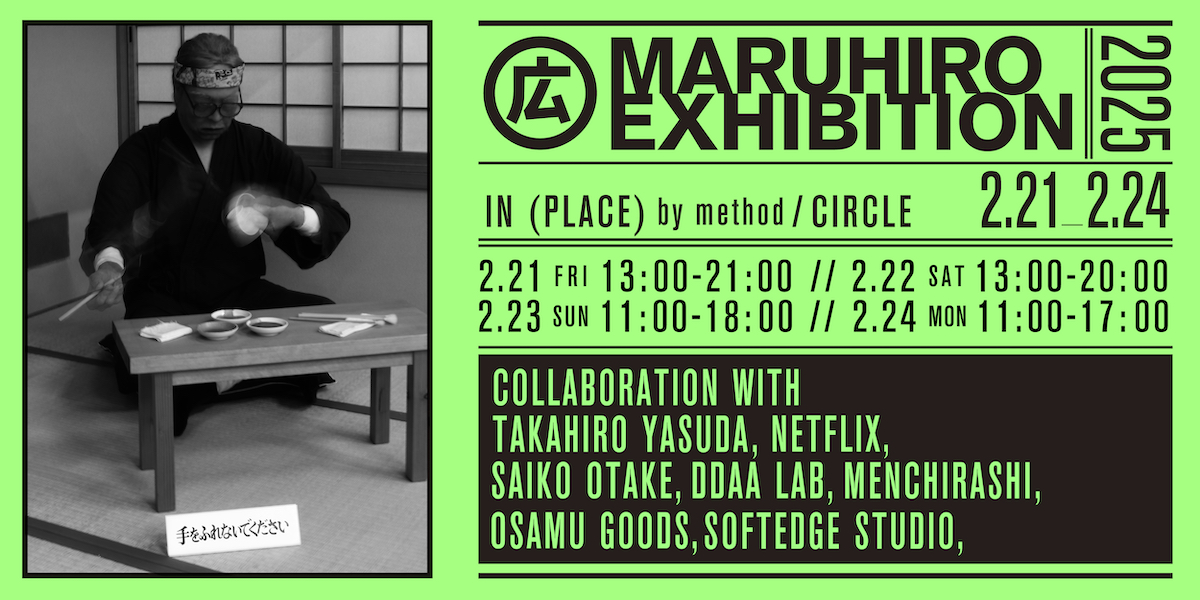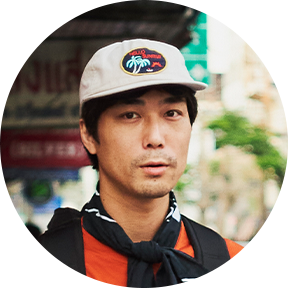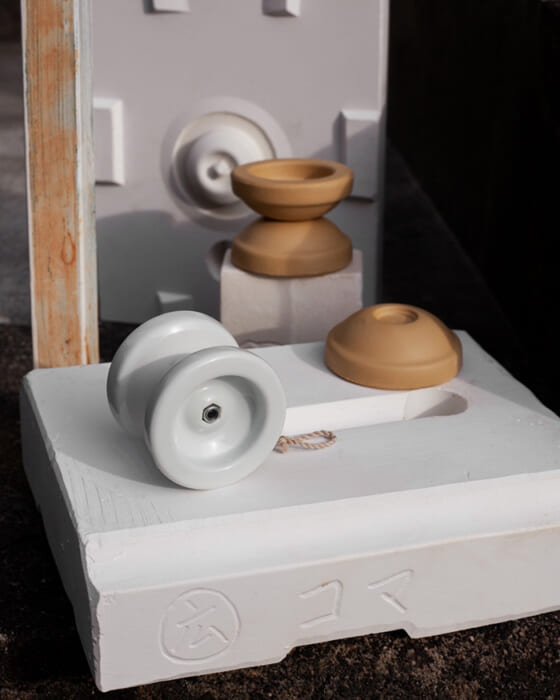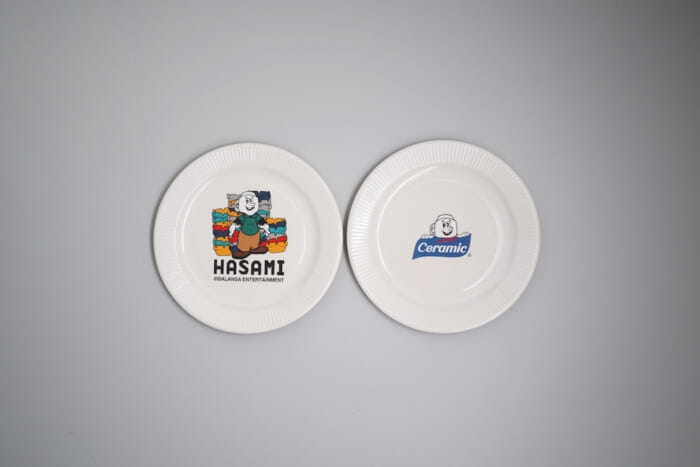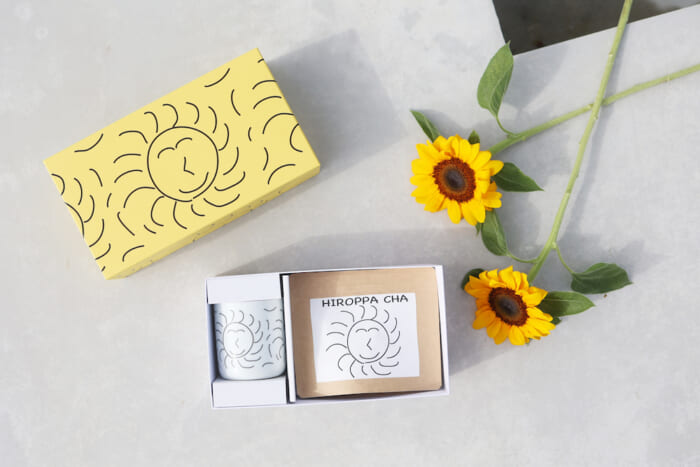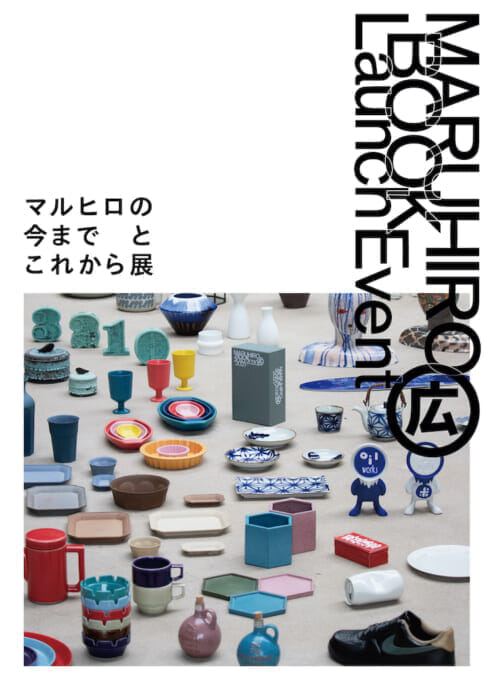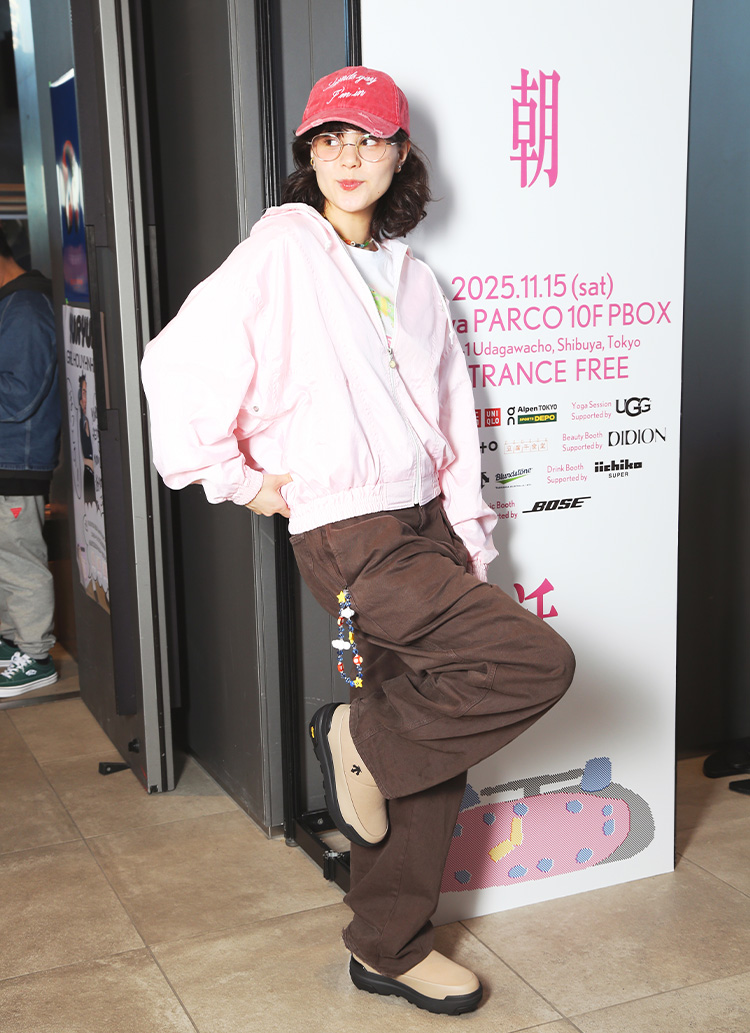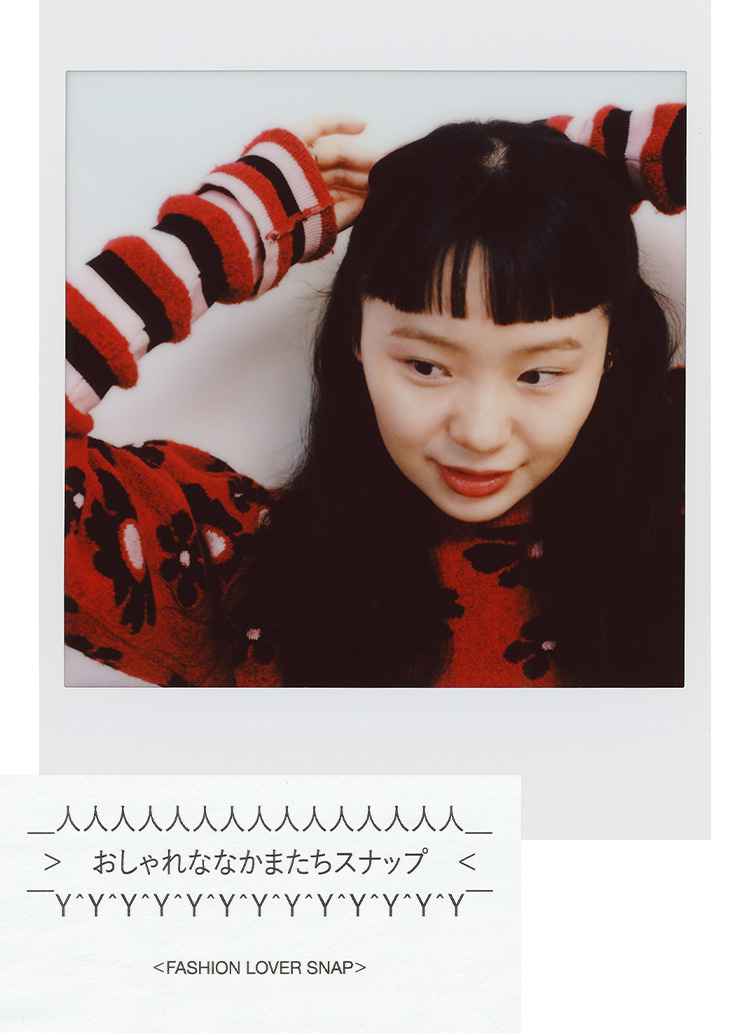From daily vessels to creative items and various collaborations.... The products produced by Hasami-ware maker Maruhiro are very wide-ranging.
In Tokyo, you can buy it here! It is hard to tell, but we will be holding an exhibition and pop-up in Shibuya this February. Lined up at the venue will be original items from HIROPPA's directly-managed store in Nagasaki, new color items that will be unveiled for the first time at the exhibition, collaborative items, and more.
Collaborators include Takahiro Yasuda, Ayako Otake, NETFLIX, DDAA LAB, Mensho, OSAMU GOODS, and Softedge Studio. The diverse lineup includes individuals such as graphic designers and artists, an architectural design firm, an udon shop, and a distribution service. Basically, the exhibits will be available for purchase, but some of them will be on display only.
MARUHIRO" has sent a message about the visuals, so please take a look before you visit.
A craftsman who paints.
No, this is a robot.
Today we are asked to answer, "I am not a robot," but this is a robot.
If you have ever been to Hasami, you may have been struck by this "Robo-Kenkichi Tomimoto". Kenkichi Tomimoto is well-known to those who know the history of folk art. Hasami-ware has a strong image of "mass production" and "common people's tableware." Compared to the neighboring Arita and Imari, there is no "tradition" or "superb craftsmanship" in the high threshold or solemnity of Hasami-ware. Kenkichi Tomimoto was attracted by the simplicity of Hasami-yaki pottery and spent some time making ceramics in Hasami.
In the world of crafts, "tradition," "handmade" and "superb craftsmanship" are valued, while "mechanization" and "mass production" are considered to be of lesser value. However, mechanization of pottery production began to spread during the Meiji period (1868-1912), and techniques such as cast molding, machine-rolling, and printing have developed over the past 100 years.
The current mainstream mass production method in Hasami can no longer be called traditional manufacturing, considering the time and experience that has been accumulated. When asked what makes Hasami-ware unique, Maruhiro replies, "It is unique in that it has no characteristics. Maruhiro replies, "It is characterized by its lack of distinctive features. In other words, he is willing to try any kind of expression. In other words, I will try any kind of expression.
The new products introduced here were created by collaborators from a wide range of different industries, from graphic designers, architectural designers, artists, and other creators to streaming service companies, who used molds and machines to realize their respective images.
We use various machines such as "machine molding," "overprinting," "pad printing," and "mud casting. However, they cannot be made without careful finishing work, experience, and intuition by "human hands" to the extent that they could be called handmade. Therefore, these modern-looking tableware are actually made with the support of traditional techniques that might otherwise cease to exist.
Robot Kenkichi Tomimoto" is a robot, but it is very analog, nostalgic, and somehow makes you laugh. This may be the perfect image for Maruhiro's craftsmanship.
MARUHIRO EXHIBITION
Dates: Friday, February 21, 13:00 - 21:00; Saturday, February 22, 13:00 - 20:00; Sunday, February 23, 11:00 - 18:00; Monday, February 24, 11:00 - 17:00
Location: (PLACE) by method
Address: 14 Kamito, 1-3-1 Higashi, Shibuya-ku, Tokyo


